Supporting a nature-positive approach to risk reduction.
The problem.
We are in the middle of a global mass extinction event, high level declines in the abundance of many species, and widespread degradation of nature. The World Economic Forum estimated that over half of global gross domestic product is highly or moderately dependent on nature and loss of nature creates risks that cascade in the economy.

The opportunity.
Insurers have many tools to support nature-positive activities throughout the economy. Innovation across the sector, coupled to policy frameworks and public sector investments, can help reduce the risks stemming from biodiversity loss and nature degradation.
Understanding nature and insurance terms.
Nature-based solutions (NBS)
As defined by the IUCN, NBS leverage nature and the power of healthy ecosystems to protect people, optimize infrastructure and safeguard a stable and biodiverse future.
Natural capital
A stock of natural assets or resources that provide a flow of benefits to people.
Nature-positive
Nature-positive refers to activities in support of the global goal to halt and reverse nature loss globally by 2030.
Ecosystem services
The direct and indirect benefits that nature provides to people and are often divided into supporting, provisioning, regulating, and cultural services.
Featured publications.
Nature-Based Solutions & Risk Management
-
Nature-Based Solutions & Risk Management: Recommendations for Integrating Nature into Risk Science & Insurance is a report by the Center for Coastal Climate Resilience at the University of California Santa Cruz, the U.S. Army Corps of Engineers, and Guy Carpenter (February 2024).
NATURE-RELATED RISKS IN THE GLOBAL INSURANCE SECTOR
-
A report from the UN Sustainable Insurance Forum discussing how nature loss can create risks for the insurance sector.
Nature for Insurance and Insurance for Nature
-
This report by Carolyn Kousky and Talley Burely explores the relationship between insurance and nature-related topics with a focus on solutions that are fit-for-purpose, durable, and scalable.
Explore solutions for nature.

Innovation.
Insurance for nature and nature for insurance.
The insurance sector, not typically engaged widely on nature issues, has multiple innovation paths to help support nature positive activities.
Five approaches of ongoing insurer innovation
(1) Creating new risk transfer approaches
(2) Insuring nature itself
(3) Considering nature in investments
(4) Pricing for nature’s risk reduction
(5) Underwriting with nature in mind

(1) New risk transfer approaches that support nature.
Conservation and restoration projects need a variety of insurance coverages for familiar risks, such as employees getting hurt on the job, to less familiar ones, such as forestry offsets failing to perform. Insurers may not be well-versed with all the needs or specific risk profiles for nature-related projects, which has made it difficult for some environmental projects to find affordable insurance or, sometimes, any coverage at all. New approaches are emerging to better support nature-positive activities.
-
Conservation United is a broker designed specifically for conservation groups to secure for them the coverages they need, as well as lower prices that are better reflective of their actual risks.
-
Land trusts have to defend their lands against legal challenges, which can be expensive. Land trusts struggled to find insurance for this risk in the private market; insurers were reluctant to insure them because there was not much historical data on the size of the risk and little incentive to learn more since the potential market was small. In response, the Land Trust Alliance created Terrafirma Risk Retention Group LLC. It has a unique organizational structure, being both a nonprofit organization and a captive, which is an insurance provider that is owned by the members to whom it provides coverage. This structure allows Terrafirma to provide the insurance more efficiently than the private sector, because they do not take a profit and can reinvest premiums not needed to pay claims. Read more here.

(2) Insuring nature.
Various insurance products have emerged that treat nature as an asset that can be insured or that insure ecological performance or activities.
-
When nature is used to achieve specific benefits, sometimes that performance requires insurance. One example is for wetland performance. When impacts to wetlands trigger Clean Water Act regulations, they must be mitigated by restoring other wetlands and preserving them in perpetuity. To receive the necessary permits, insurance, performance bonds, or other financial assurance must be provided to guarantee sufficient funds for completion of the wetland mitigation activity. Great American Insurance Group offers such coverage. Another example is the emerging market for insurance against non-performance of forestry offsets, such as if the forest is logged or burns.
-
Since 1980, programs in dozens of countries have been established to make payments to farmers or ranchers if wildlife from conservation areas destroy crops or livestock in order to reduce retaliatory killings of wildlife. There has been increasing interest in harnessing insurance as a solution to facilitate such payments. An ongoing challenge, however, is designing a product that beneficiaries are willing to pay for and can afford. To solve this, some approaches have channeled funding from government or wildlife-related tourism toward premiums.
-
The Nature Conservancy has design programs to insure coral reefs against storm damage in Mexicoand Hawaii. A parametric insurance policy was purchased that pays in the event of a storm so divers can reattach broken coral. The policy in Mexico was triggered in 2020. Replication to other systems is challenged by several factors. While of some post-storm value, the main drivers of reef loss globally are not storms, but an acidifying and warming ocean, which are uninsurable. Other systems that could face disaster damage, such as mangroves, are often able to self-repair, and funds are not needed after a hurricane. Finally, if the dollar amounts needed post-disaster for ecological restoration are modest, it is typically more cost-effective to simply save the funds instead of pay steep premiums to global insurers. Read more about insuring nature here.
-
Urban forests provide myriad benefits from lowering urban heat to improving air quality. Yet, drought, heat, storms, and pests can lead to mortality events. An expert workshop was convened by CDI and the University of California, Santa Cruz Center for Coastal Climate Resilience in April, 2025 to explore key feasibility questions for insuring urban forests. Read the report here.
(3) Considering nature in investments.
Insurers are large holders of capital and can consider the impacts on nature of their investments. Nature-positive investing is still fairly new. The new Taskforce on Nature-related Financial Disclosures is developing a framework to mirror climate disclosures to help investors concerned about nature. Smaller groups guided toward certain issues, such as the Plastic Solutions Investor Alliance, could also help guide insurers. Insurers could also proactively invest in nature-positive firms and investments. For example, Axa has created an impact fund that supports efforts like sustainable agroforestry and cocoa production.
Property insurers could also focus impact investment dollars on preserving natural systems that also lower disaster risks, such as wetlands or green infrastructure that lowers flood risk. For example, a group of Canadian insurers have recently joined Ducks Unlimited and provided funding to a new partnership, Nature Force, that will identify investments in natural systems to manage flood risk in urban-adjacent areas of British Columbia, Ontario, and Quebec.
What would future innovation look like? Perhaps insurers could come together and create a large impact fund that invests in nature positive investments around the globe?
(4) Pricing for nature’s risk reduction.
How does nature influence disaster risk?
Some natural systems reduce disaster losses. Wetlands can store floodwaters, ecological forestry practices can reduce wildfire risk, mangroves can buffer storm surge, coral reefs reduce wave energy, green infrastructure can absorb storm water, and vegetation can stabilize slopes. When these hazard mitigation benefits protect insured property, insurance prices should be lower.
Why aren’t insurers always accounting for this?
Unfortunately, insurance premiums may not reflect these benefits since the catastrophe models used by most insurers for pricing may not fully account for the risk reduction benefits of all natural systems. This could be due to data challenges or difficulty with modeling the entire benefit chain from hazard risk to lower insurance claims. While dozens, if not hundreds, of studies have quantified the economic value of different ecosystems or environmental investments, moving from one-off studies of particular ecosystem services and locations to a national model linked to claims payouts that could be used by insurers is a different challenge.
Can lower premiums be used to fund risk-reduction investments?
Even when risk reduction benefits can be quantified into insurance premium reductions, it is difficult to turn this into a financial flow to pay for new investments in conservation or restoration. The benefits accrue to many individual policyholders, often with policies from many different insurers, and it is an institutional difficulty to harness all of those into funds for new nature investments. If these institutional challenges could be overcome, however, it might create more funding for nature-based solutions.
Read more here:
Can community insurance help?
One approach to help secure these benefits is community insurance, where a local government purchases insurance for residents. If this were to occur, it would be easier to capture the premium reductions from risk mitigation over time and use them to finance debt that could fund more investments in nature’s protective services. That said, as of yet, this type of group purchase model has not been adopted by any jurisdiction, often due to legal and political constraints, although explorations are underway.
Read more here:

(5) Underwriting for nature.
Underwriting is the process of evaluating risks and deciding whether to insure them. There may be times when firms engaged in harmful environmental practices also have higher risks, such as liability risk, supply chain disruption risk, or reputational risk, making them poor insureds and justifying an insurer limiting or refusing coverage to such firms or their operations. For example, many insurers have pledged that they will not insure vessels that have been involved in illegal, unreported and unregulated fishing. Read more about their statement here.
Beyond refusing to insure firms that contribute to degradation of nature, insurers could demand substantial modifications to their operations to lessen their environmental impact. For example, AXA has pledged to stop underwriting firms that contribute to biodiversity loss in key sectors, such as production of palm oil, soy, cattle, and timber, but also to work with others in these supply chains to adopt more sustainable approaches.

Policy reform.
NFIP support for nature-based solutions.
The National Flood Insurance Program could incorporate nature-based solutions to flood risk reduction into its pricing, either directly or through the Community Rating System (CRS). This CRS is a program that rewards participating communities for undertaking flood risk reduction measures. As communities move up through the program, their residents are rewarded with discounts on their flood insurance.
MORE POLICY SOLUTIONS COMING SOON!

“Along the Charles River in Massachusetts, thousands of acres of wetlands have been protected. Although these wetlands are used for a range of recreational activities…that is not why they are protected. The wetlands act like giant sponges, storing floodwaters and slowly releasing them over time… The cost of conserving the wetlands was one-tenth the amount of a dam and levee project to provide equivalent flood control.”
— Dr. Carolyn Kousky, Understanding Disaster Insurance: New Tools for a More Resilient Future

Related research.
Decker, C. A. Retsa, and G. Rutherford-Liske (2025). Natural habitats can reduce flood losses. Swiss Re.
Meyer, M. et al (2024). Underwriting our planet: how insurers can help address climate change and biodiversity loss. Deloitte and World Wildlife Fund.
Kelso, M. et al. (2024). Nature-based solutions & risk management: recommendations for integrating nature into risk science & insurance. USCS and USACE.
Vicarelli, M. et al. (2024). On the Cost-Effectiveness of Nature-based Solutions for Reducing Disaster Risk. Science of the Total Environment 947: 174524.
UNEP (2023). Nature-Positive Insurance: Evolving Thinking and Practices. UN Environment Program, Principles for Sustainable Insurance. September.
Kousky, C. (2022). Insurance-sector tools to combat biodiversity loss. Science 377(6607): 714-716.
The World Bank (2022). Insuring Nature’s Survival: The Role of Insurance in Meeting the Financial Need to Preserve Biodiversity. Disaster Risk Financing and Insurance Program, The World Bank.
WTW and TNC (2021). Wildfire Resilience Insurance: Quantifying the Risk Reduction of Ecological Forestry with Insurance: Summary of Insights.
Munich Re and TNC (2021). Nature’s remedy: Improving flood resilience through community insurance and nature-based mitigation.
SIF (2021). Nature-related risks in the global insurance sector. Sustainable Insurance Forum, November.
Chandellier, J. and M. Malacain (2021). Biodiversity and Re/insurance: An Ecosystem at Risk. Muséum National d’Histoire Naturelle.
TNC and Marsh McLennan. Quantifying insurance benefits of a nature-based approach to reducing risk: wildfire risk reduction buffers
Reguero, B. G. et al. (2020). Financing coastal resilience by combining nature-based risk reduction with insurance. Ecological Economics 169:106487.
WEF (2020). Nature risk rising: why the crisis engulfing nature matters for business and the economy. World Economic Forum.
Sun, F., and R. T. Carson (2020). Coastal wetlands reduce property damage during tropical cyclones. Proceedings of the National Academy of Sciences, 117(11), 5719-5725.
Kousky, C. and S. Light (2019). Insuring Nature. Duke Law Journal 69: 323-376.
Wilson-Holt, O. and P. Steele (2019). Human–wildlife conflict and insurance. Can insurance reduce the costs of living with wildlife? International Institute for Environment and Development.







